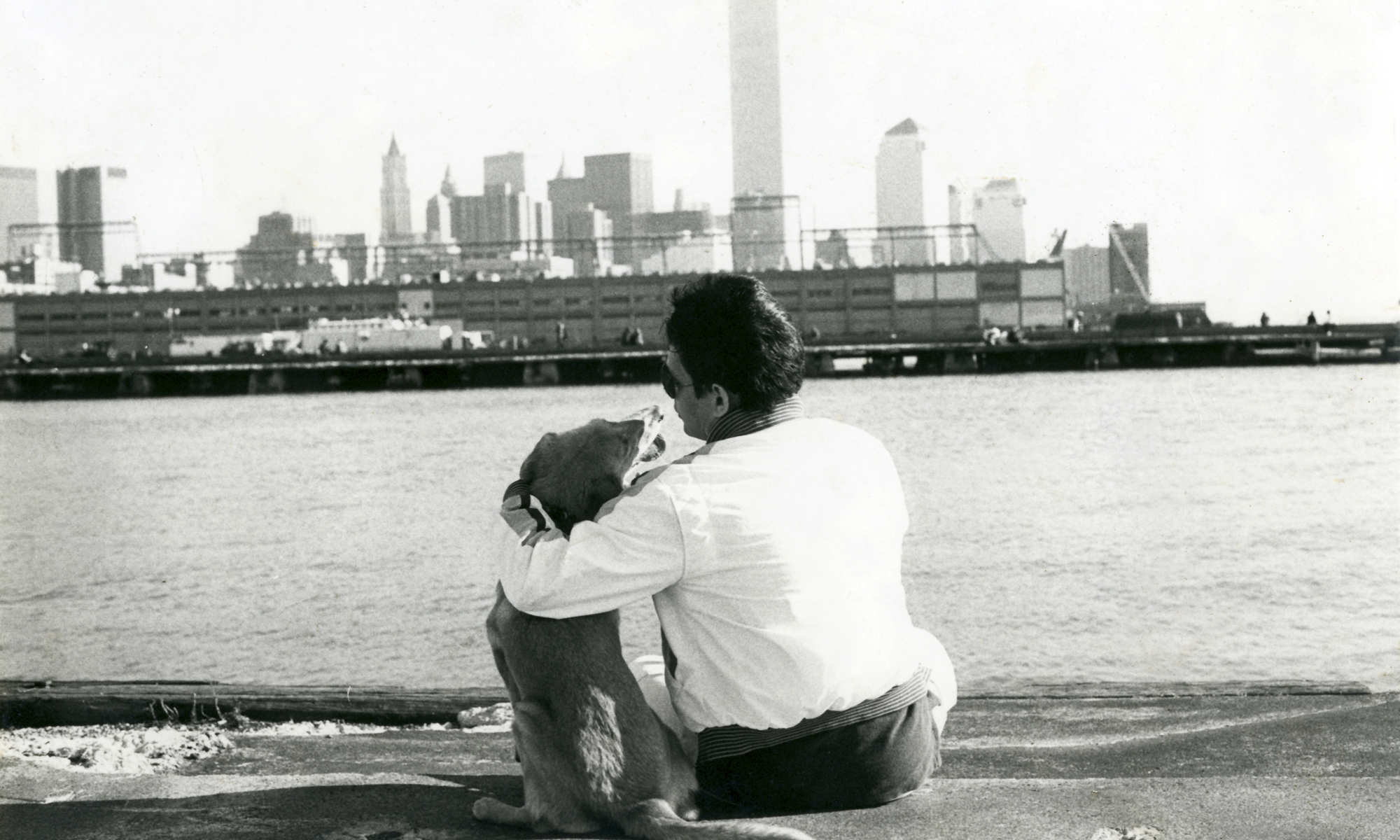Andrew and I had the pleasure of meeting Erik Preminger one day on the New York subway. Erik Preminger is the son of Gypsy Rose Lee and the director Otto Preminger. Somehow he heard us talking about his mother and spoke up. He told us she was just like the book said. He told us how they would live in a trailer when they were on the road. It is one of my most favorite memories. I hope you enjoy my little tribute film to the one and only Gypsy Rose Lee.
Bruce Baumwoll
Wikipedia
Gypsy Rose Lee (born Rose Louise Hovick, January 8, 1911 – April 26, 1970) was an American burlesque entertainer, stripper, and vedette famous for her striptease act. Also an actress, author, and playwright, her 1957 memoir was adapted into the 1959 stage musical Gypsy. Her innovations were an almost casual stripping style compared to bump & grind styles of most burlesque strippers (she emphasized the “tease” in “striptease”), and she brought a sharp sense of humor into her act as well. She became as famous for her onstage wit as for her stripping style, and—changing her stage name to Gypsy Rose Lee—she became one of the biggest stars of Minsky’s Burlesque, where she performed for four years. She was frequently arrested in raids on the Minsky brothers’ shows. During the Great Depression, Lee spoke at various union meetings in support of New York laborers. According to activist Harry Fisher, her talks were among those that attracted the largest audiences.[12] In 1937 and 1938, billed as Louise Hovick, she made five films in Hollywood.[13] But her acting was generally panned, so she returned to New York City where she had an affair with film producer Michael Todd and co-produced and appeared in his 1942 musical revue, Star and Garter.[14] Lee viewed herself as a “high-class” stripper, and she approved of H. L. Mencken’s term “ecdysiast”, which he coined as a more “dignified” way of referring to the profession. Her style of intellectual recitation while stripping was spoofed in the number “Zip!” in Rodgers and Hart’s Pal Joey, a musical in which June Havoc had appeared on Broadway, opposite Gene Kelly. Lee performed an abbreviated version of her act (intellectual recitation and all) in the 1943 film Stage Door Canteen. After the death of their mother, the sisters now felt free to write about her without risking a lawsuit. Gypsy: A Memoir was published in 1957 and served as inspiration for the Jule Styne, Stephen Sondheim, and Arthur Laurents 1959 musical Gypsy. Havoc did not like the way she was portrayed in the piece, but she was eventually persuaded not to oppose it for her sister’s sake.[25] The show and the 1962 movie adaptation assured Gypsy a steady income. The sisters became estranged for a period of time but reconciled. June, in turn, wrote Early Havoc and More Havoc, to relate her version of the story. Gypsy Rose Lee went on to host a daytime San Francisco KGO-TV television talk show, The Gypsy Rose Lee Show (754 episodes, aired 1965–1968). The popular afternoon show featured such guests as Judy Garland, Agnes Moorehead, and Woody Allen, showcasing her love of people, pets and knitting among other interests. Like well-known artists such as Pablo Picasso and Ernest Hemingway, Gypsy Rose Lee was a supporter of the Popular Front movement in the Spanish Civil War and raised money for charity to alleviate the suffering of Spanish children during the conflict. “She became politically active, and supported Spanish Loyalists during Spain’s Civil War. She also became a fixture at Communist United Front meetings, and was investigated by the House Committee on un-American activities.”[26] Lee was a Democrat who supported the campaign of Adlai Stevenson in the 1952 presidential election.[27] The walls of her Los Angeles home were adorned with pictures by Joan Miró, Pablo Picasso, Marc Chagall, Max Ernst, and Dorothea Tanning, all reportedly given to her by the artists themselves.[citation needed] Grave of Gypsy Rose Lee at Inglewood Park Cemetery (with wrong year of birth) In 1969, she performed for American troops in Vietnam, who, she said, “considered her their sexy grandmother”.[28]
